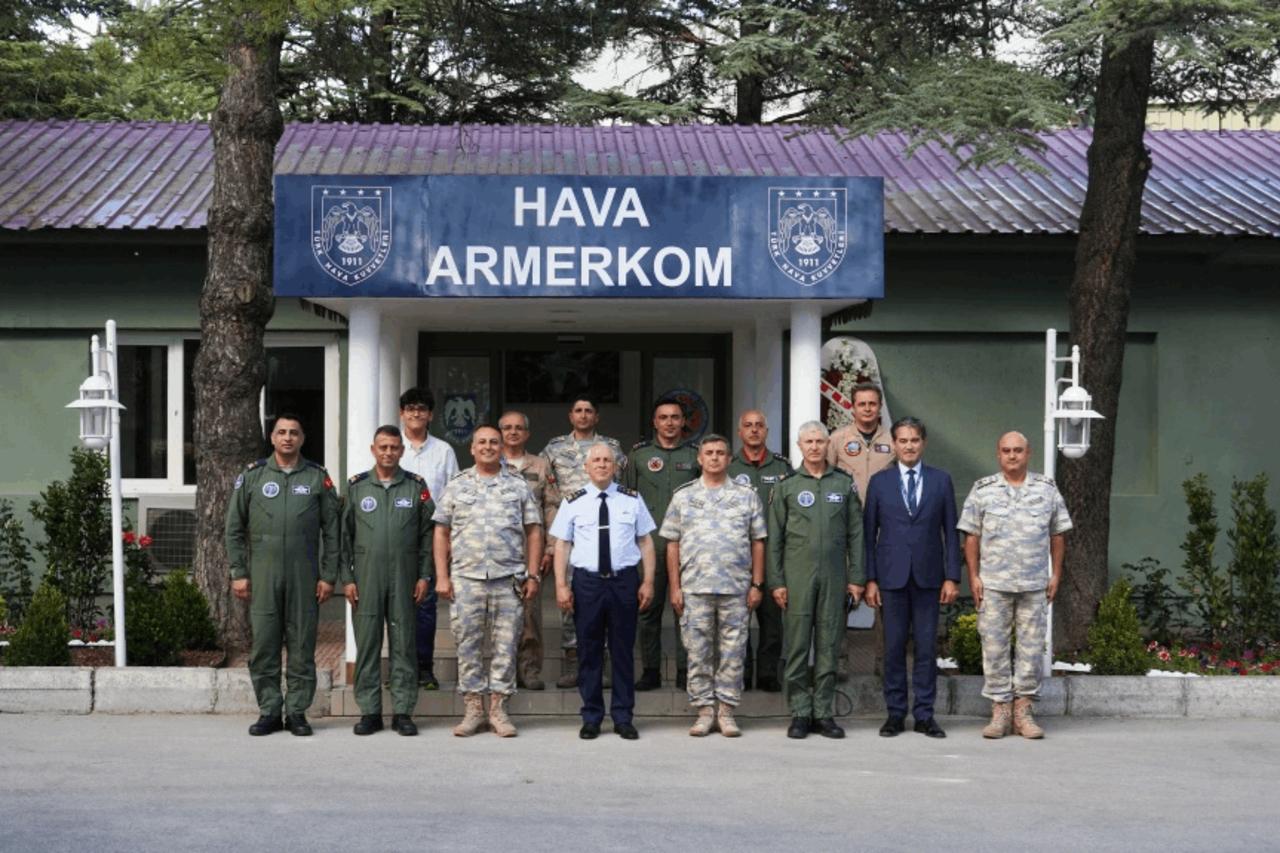
The Turkish Air Force officially established two new strategic commands on July 6, designed to enhance the force's technological capabilities and strengthen its role in developing indigenous military aircraft platforms.
The Air Force Research Center Command (ARMERKOM) and the 403rd Test Squadron Command began operations at Murted Air Base following a ceremony attended by Air Force Commander General Ziya Cemal Kadioglu.
According to the Ministry of National Defense, the initiative aligns with the country’s broader goals of technological independence and operational superiority in military aviation.
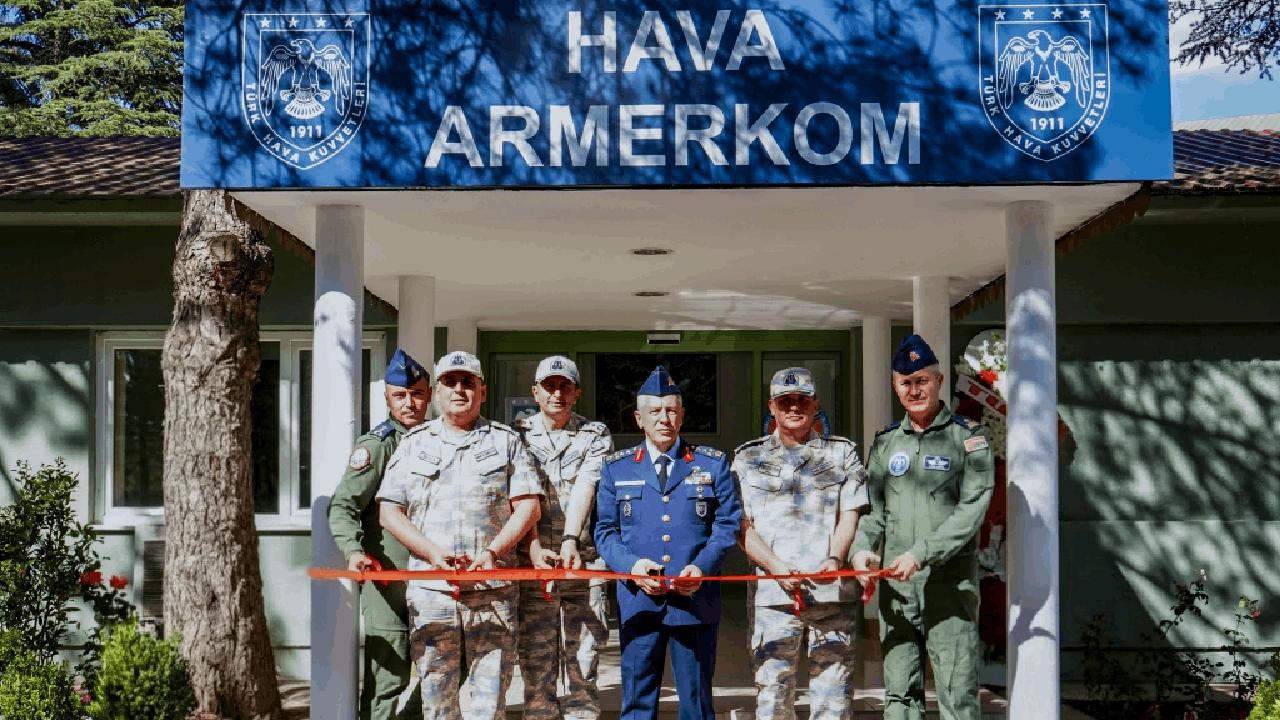
ARMERKOM, short for Air Force Research Center Command, aims to become the scientific and technological research and development (R&D) hub of the Turkish Air Force.
Modeled after the long-established Navy ARMERKOM, which recently celebrated its 50th anniversary, will focus on the development of prototypes, laboratory testing, and addressing operational needs identified in modern conflict zones.
"The Research Center Command aims to create the scientific infrastructure that will shape the future air platforms by closely following technological developments and current operational needs in international operational areas, with engineering and R&D studies that master current literature, and to conduct prototype production and laboratory system tests for needed systems," the ministry stated.
Located near major defense contractors such as Turkish Aerospace Industries (TAI), the command is expected to play a strategic role in accelerating the entry of next-generation systems into service and shaping Türkiye’s airpower roadmap.
The center targets prototype production for required systems and conducts laboratory environment system tests through engineering and R&D studies.
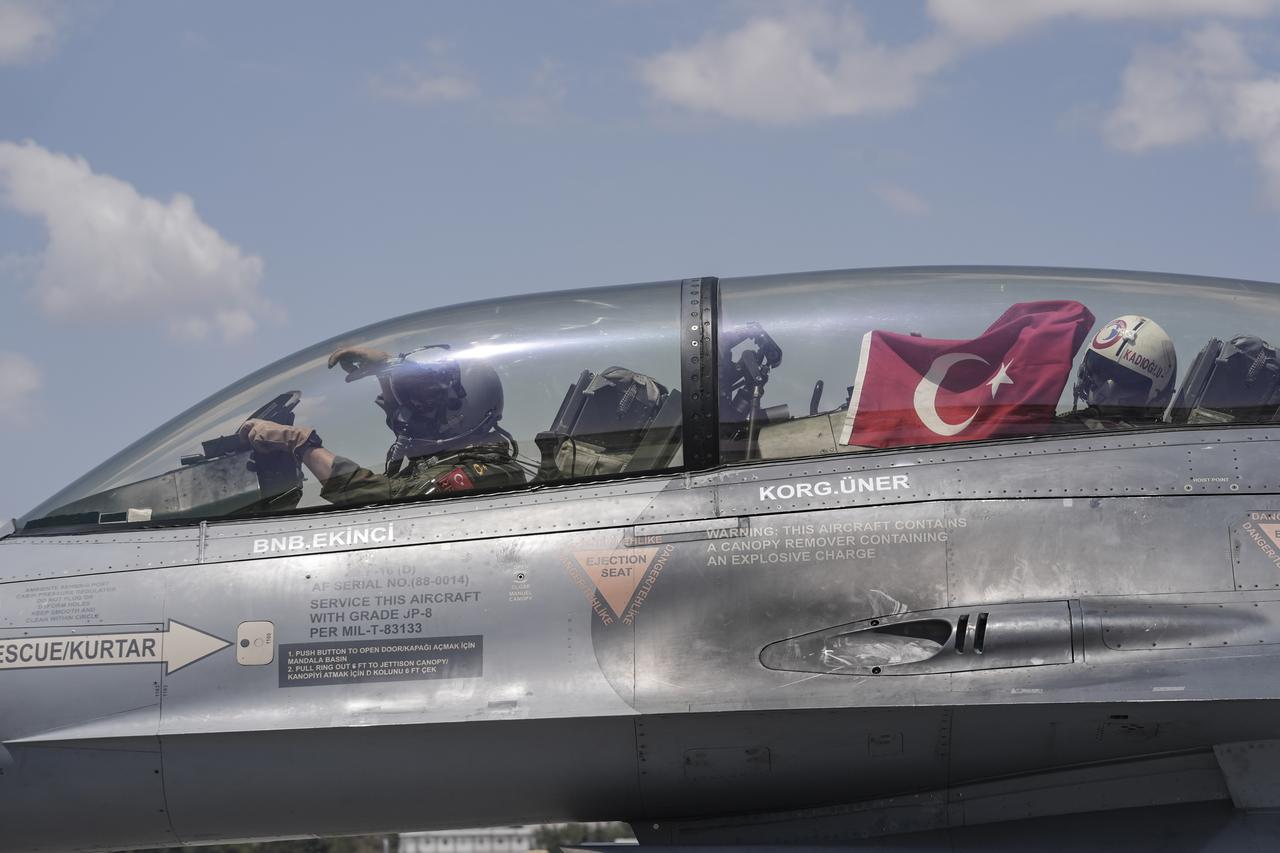
The 403rd Test Squadron Command will participate in development and certification flight tests of national fighter aircraft such as KAAN and Hurjet developed by TAI, using technical methods employed in government-affiliated test units in all aircraft-producing countries.
"The 403rd Test Squadron Command will participate in development and certification flight tests of national fighter aircraft such as KAAN and Hurjet developed by TAI with Experimental Test Pilots and Flight Test engineers, using technical and methods used in government-affiliated test units in all aircraft-producing countries," the ministry explained.
The squadron will coordinate with manufacturing companies in the planning and execution phases, taking part in performance, safety and operational capability verification processes.
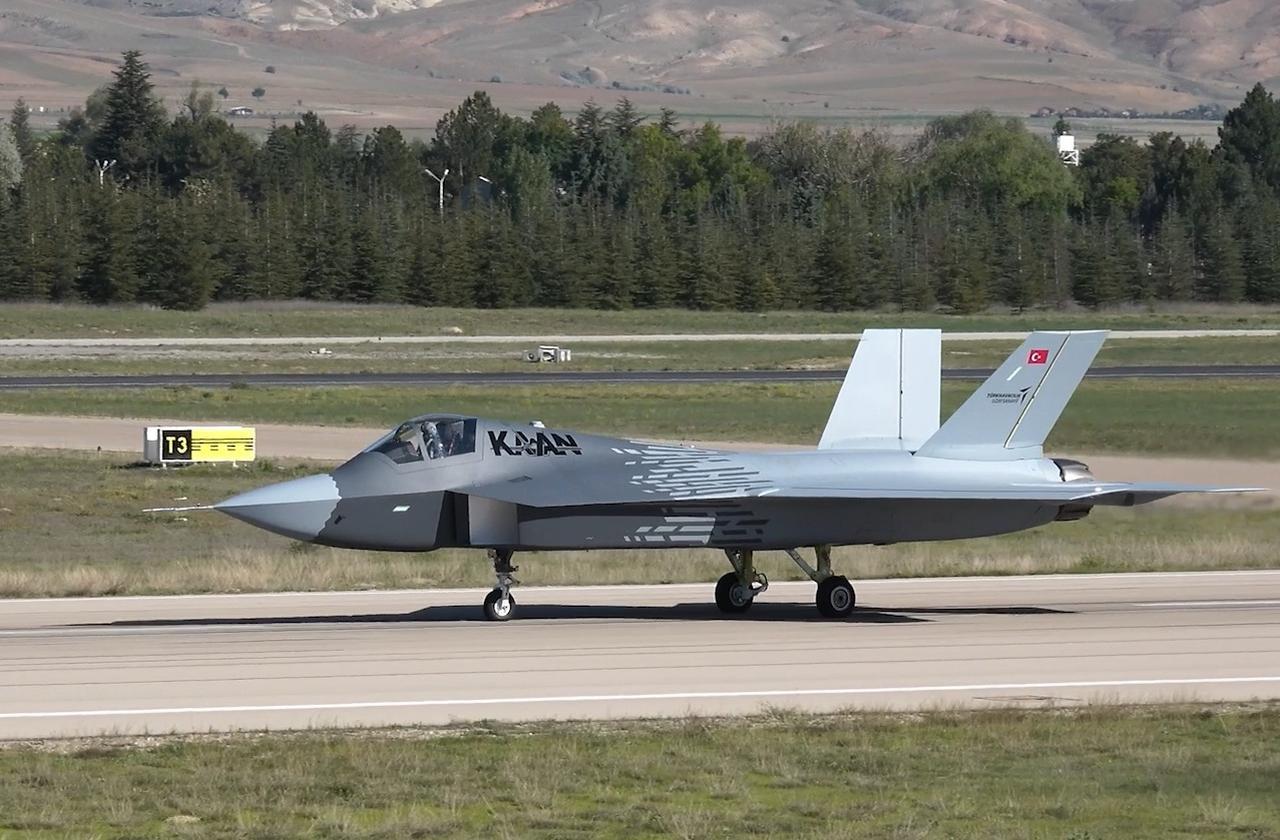
The ministry emphasized that these two strategic units will transform the Air Force's role from merely being a user to becoming a technical decision-making authority in system development processes.
"Thanks to these two strategic units, our Air Force will not only serve as a user, but as in all international aircraft-producing countries, will directly contribute to the development process of systems as a technical decision-making authority," the Ministry stated.
The establishment is expected to enhance the operational capability of fighter aircraft while enabling deficiencies encountered during development to be addressed at earlier stages, with lower costs and shorter timeframes before reaching the acceptance phase.
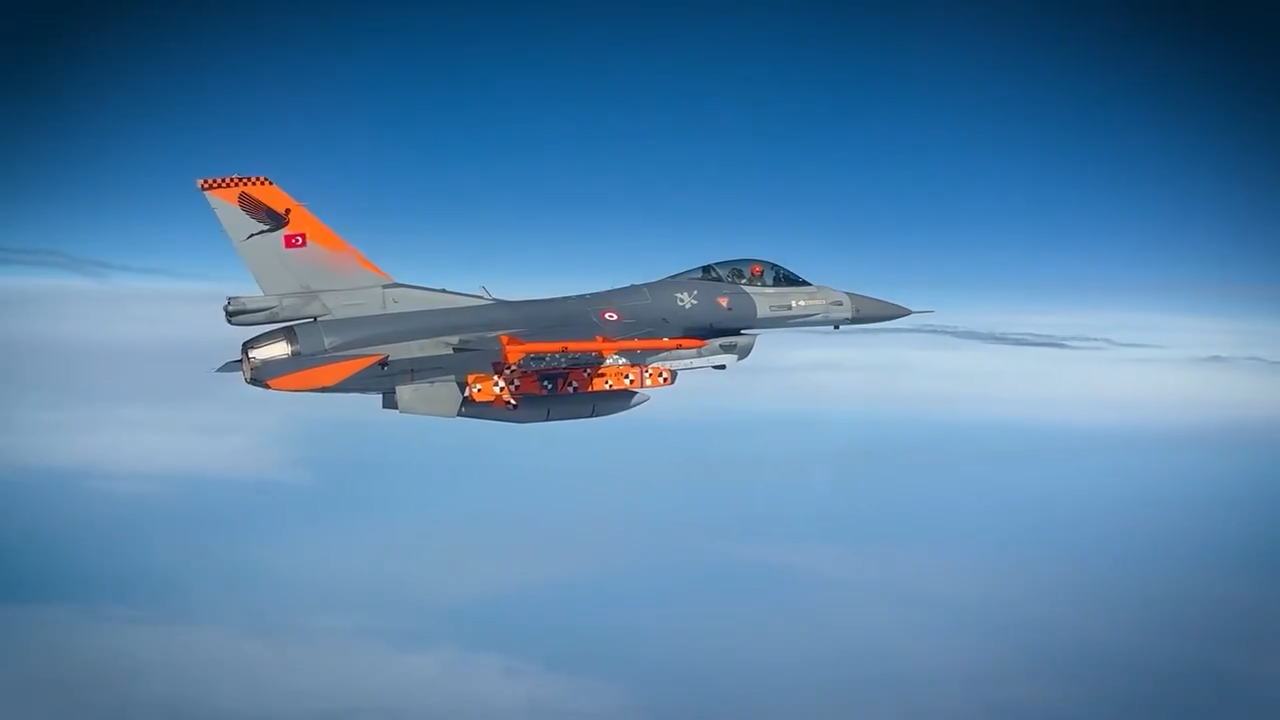
The Air Force ARMERKOM follows the successful model established by the Turkish Naval Forces, which created its own ARMERKOM 50 years ago in 1975.
The naval version has contributed significantly to numerous projects, from ADVENT to GENESIS and MILGEM to ZAHA, providing engineering design and field experience transfer.
According to the Turkish defense industry "reader, writer, thinker" Arda Mevlutoglu's blog post, similar structures had been planned and established for Air, Land, and GATA (Gulhane Training and Research Hospital, formerly known as Gulhane Military Medical Academy) back in 2016, but those efforts were disrupted due to connections with the FETO terrorist organization among the establishing team.
Although Turkish defense industry enthusiasts say that the establishment of ARMERKOM within the air force is long overdue, they wonder how a force based on "fighter pilots," as opposed to the "engineer" based structure of the Navy, will operate with ARMERKOM.
With the inclusion of fighter pilots as well as technicians, the Turkish air force may soon be able to successfully interpret the needs of the modern battlefield and many more; the sky is the limit and of course, the budget.